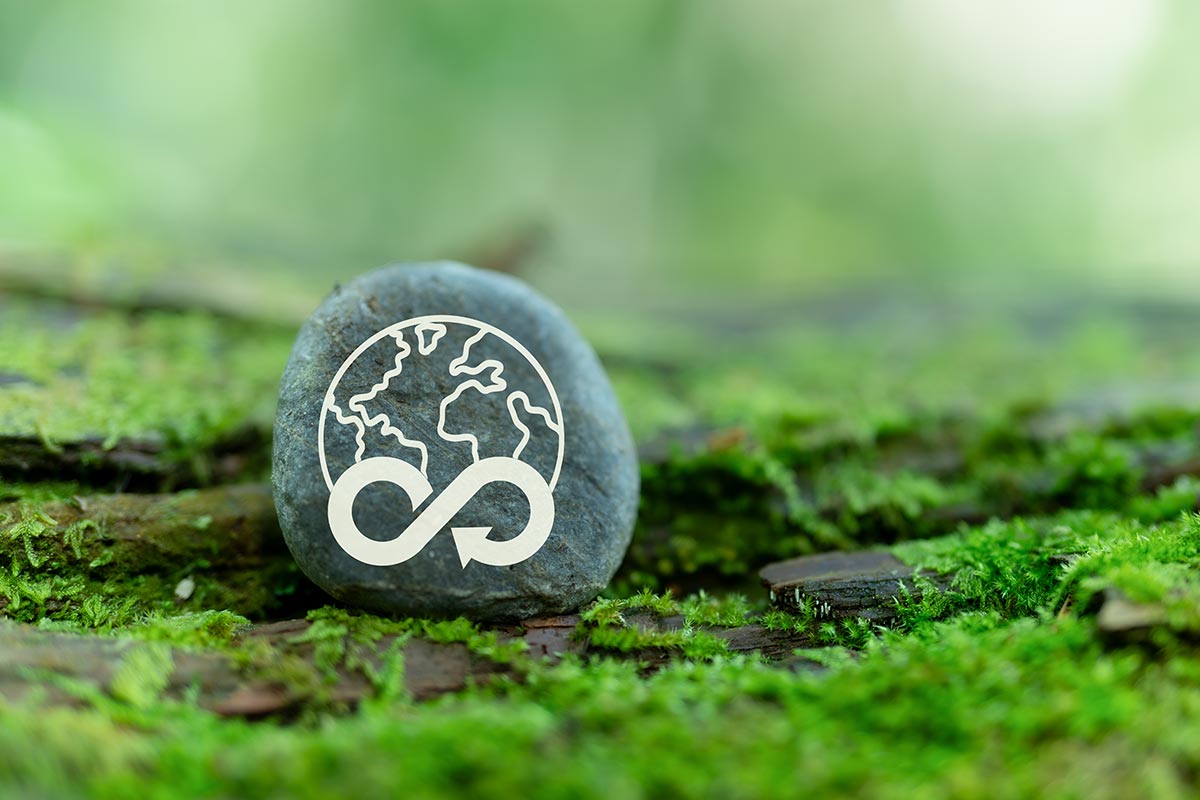Waste and Circularity

Telenor is uniquely positioned to advance a circular economy that promotes sustainability, environmental conservation, and resource efficiency. Our goal is to minimize waste and its environmental impact by emphasizing reuse and recycling.
A circular economy minimizes waste and maximizes resource use by reusing, repairing, refurbishing, and recycling products. This approach aims to keep materials in circulation and out of landfills, promoting longevity and responsible resource management, unlike the traditional linear model of manufacture, use, and disposal.
For Telenor, advancing the circular economy is vital as it connects consumers, device suppliers, and repair or recycling services. Key areas of focus include extending the lifespan of devices like mobile phones and routers, and enhancing the reuse, refurbishment, and recycling of base station equipment. This shift reduces the environmental footprint of telecommunications and supports a sustainable business model.
Examples of Impact:
Prolonging the operational lifespan of every smartphone globally by just one year could save up to 21.4 million tonnes of CO2 emissions annually by 2030, equivalent to removing over 4.7 million cars from the road.
Circular economy initiatives also help mitigate adverse health effects for the 30 million people currently facing issues related to informal e-waste recycling.
The refurbished mobile device market is anticipated to surpass $140 billion by 2030, a substantial increase from its $50 billion valuation in 2020.
Telenor’s Approach to Waste and Circularity
Telenor runs several programs to encourage the take-back of old or obsolete devices and the use of reused or refurbished devices. The company ensures data-wiping, inspection, repair, and guarantees for refurbished devices. To prevent e-waste from ending up in landfills, Telenor ensures the proper disposal and recycling of telecom equipment when it reaches end-of-life.
Ambition and Targets
Telenor has joined the GSMA’s initiative focused on boosting circularity for mobile devices and has ratified the following targets for the Nordic markets:
By 2030, the number of used mobile devices collected through operator take-back schemes will amount to 30% of the number of new mobile devices distributed directly to customers.
By 2030, 100% of used mobile devices collected through operator take-back schemes will be repaired, reused, or transferred to controlled recycling organizations.
Going forward, Telenor will continue to develop programs aimed at reaching the targets set for device circularity while evaluating how to integrate circular economy targets for network equipment in collaboration with peers and the GSMA.